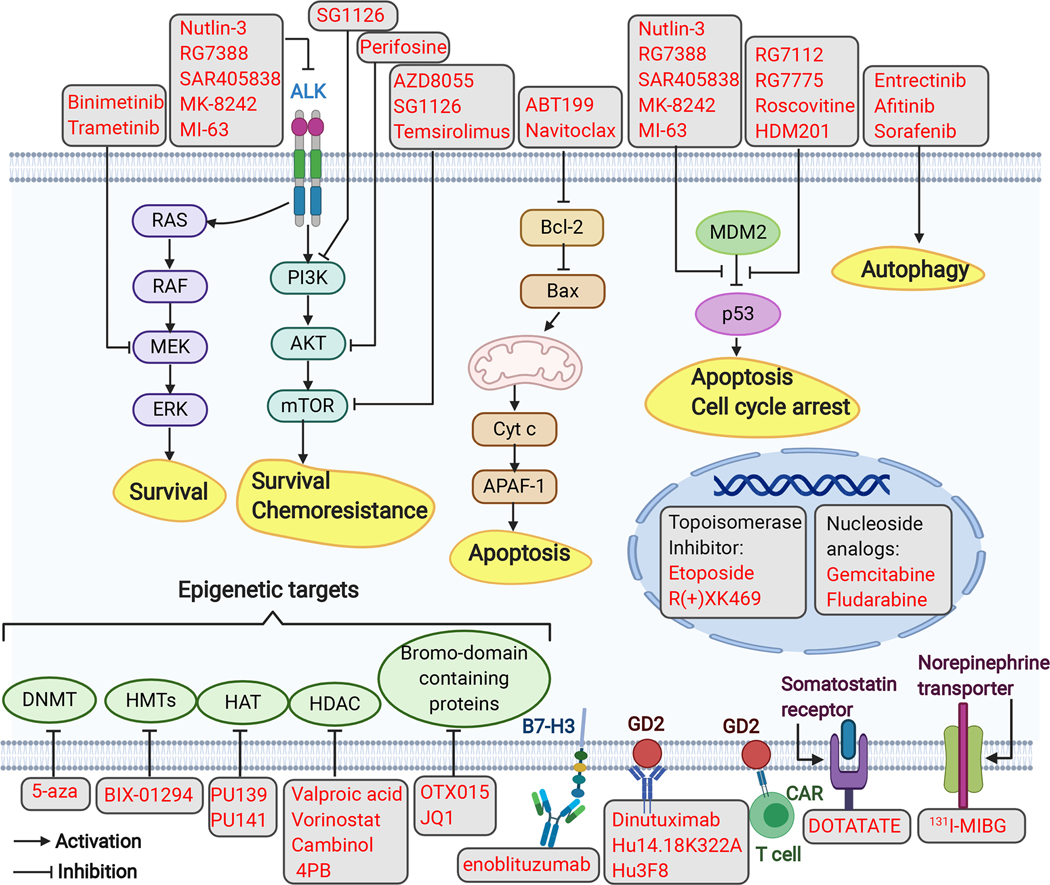FIGURE 3. Targeted therapy in neuroblastoma.
Several approaches to targeted therapy involve the following modalities: (1) small molecule inhibitors targeting signaling pathways (PI3K/AKT/mTOR, RAS-MAPK, p53-MDM2, Bcl-2 and ALK); (2) chemical inhibitors inducing autophagy; (3) immunotherapy employing monoclonal antibodies targeting GD2 and B7-H3, and using CAR T cells targeting GD2; (4) targeting epigenetic regulators; (5) radiopharmaceuticals targeting NET (131I-MIBG) and the somatostatin receptor (DOTATATE); (6) targeted therapy based on topoisomerase inhibitors or nucleoside analogs. Grey boxes represent inhibitors of MEK, ALK, PI3K, AKT, mTOR, Bcl-2, p53-MDM2, epigenetic targets, and topoisomerases; compounds that act as autophagy inducers; nucleoside analogs; monoclonal Abs that target B7-H3 or GD2; and radiopharmaceuticals targeting the somatostatin receptor and NET; yellow boxes represent downstream biological phenotypes (survival, chemoresistance, apoptosis, cell cycle arrest, and autophagy). Abbreviations: AKT, Protein kinase B; ALK, Anaplastic lymphoma kinase; APAF-1, Apoptotic Peptidase Activating Factor 1 Bax, BCL2 Associated X; Cyt c, cytochrome c; DNMT, DNA methyltransferases; ERK, extracellular signal-regulated kinase; HAT, histone acetyltransferases; HDAC, histone deacetylases; HMTs, histone methyltransferases; MDM2, mouse double minute 2 homolog; mTOR, mammalian target of rapamycin; PI3K, phosphatidylinositol-3-kinase; RAS, rat sarcoma.

